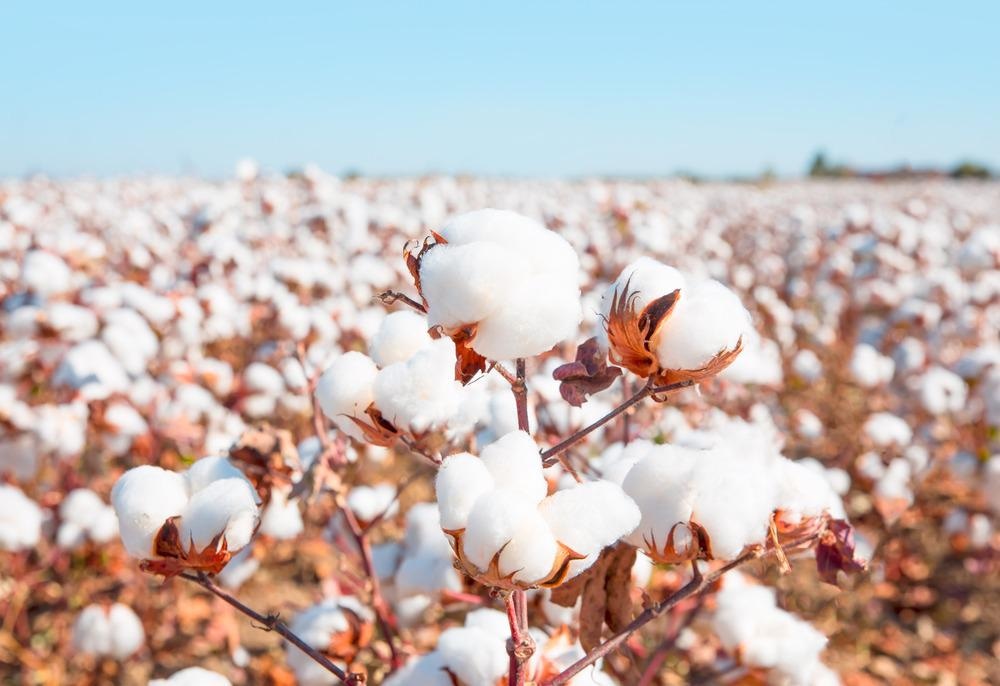In an article published in the journal Nano Letters, it was shown that Iron-based carbon nanomaterials can be derived from cotton to be used in batteries using an inexpensive procedure for mass production.

Study: Cotton-Derived Fe/Fe3C-Encapsulated Carbon Nanotubes for High-Performance Lithium–Sulfur Batteries. Image Credit: muratart/Shutterstock.com
Renewable Energy – A Need
There has been a global surge in the desire to generate renewable energy since the beginning of the century.
As awareness about climate change increases, industries are becoming more aware of the environmental impact they have and are trying to mitigate their carbon footprints. This has been accompanied by regulations aimed at lowering carbon dioxide emissions.
However, utilities have had to adjust to the flood of intermittent renewable energy. The capacity to store intermittent electricity has also grown more significant as renewable energy sources such as solar power and wind can abruptly shift production with no warning.
The Problem with Charge Storing Batteries
Most batteries use either lithium or cobalt as raw materials. They are mined by mining firms that utilize around 400,000 gallons of water for mining one ton of lithium.
Other, more environmentally friendly mining processes exist, but they are not currently cost-competitive.
Lithium mining also has detrimental consequences worldwide. For example, in China, it has inevitable led to polluted rivers.
Researchers from US also discovered traces of lithium in fish taken more than 200 km downstream of lithium production plants.
Lithium Sulphur Batteries – A Superior Combination than Li-ion
Lithium sulphur (LiS) batteries are gaining popularity because they offer a higher energy density and theoretical capacity than Li-ion batteries.
However, LiS batteries face two challenges in their approach to widespread use: changes in sulphur volume and the shuttle effect.
To jointly address these challenges, carbon materials, such as graphene, and carbon nanotubes (CNT) are used.
As a result of the poisonous chemicals, toxic chemicals, and excessive carbon emissions, the entire manufacturing cost and environmental footprint when fabricating these nanostructures have skyrocketed.
A greener alternative approach for producing eco-friendly, low-cost CNTs is urgently needed.
Biomass Material – A Potential Solution
Biomass energy, or energy derived from living things, has been utilized by humans since the early Neanderthals used open flames for cooking, sheltering, and for warmth.
Plants, wood, and garbage are the most frequent biomass sources utilized for energy.
Fortunately, widely abundant, accessible, and renewable biomass resources hold a significant promise for creating nanocarbon compounds in a more environmentally friendly and cost-effective manner.
Low-Cost Manufacturing of Carbon Nanotubes
Cotton, a biomass material made up of more than 85 percent cellulose fibers, is the oldest and most frequently used natural cellulose material.
In this paper, cotton textiles were converted into active carbon textiles (ACTs) and employed both as the carbon source and the substrate to synthesize iron=carbon filled poly-walled nanotubes.
The researchers presented a low-cost method for mass-producing multi-walled carbon nanotubes using a combination of solid-liquid-solid (SLS) and vapor-liquid-solid (VLS) processes, in which cotton was decayed into carbon-containing particles and amorphous carbons.
These were then solubilized into Fe nanotubes, resulting in iron-carbon encapsulated multi-walled carbon nanotubes.
Enhanced Performance Parameters in Batteries
The iron-carbon-sulfur nanocomposite (cathode) and iron-carbon (interlayer) lithium-sulfur (LiS) battery demonstrated exceptional cycling stability, a remarkable specific capacity and an extraordinarily low-capacity decay factor.
During cycling, the iron-carbon-sulfur combination improved electrode stability and reduced polysulfide dissolution.
During cycling, iron-carbon encapsulated multi-walled carbon nanotubes were shown to be efficient in buffering sulfur volume change.
The remarkable mechanical and chemical features of the Fe/Fe3CMWCNTs, which reduced carbon host deformation and inhibited polysulfide dissolution, were principally responsible for the superior electrochemical performance.
Cotton-derived iron-carbon nanotubes have significant potential for energy storage systems since they are green, sustainable, and low-cost.
What to Look Forward To?
By commercializing such processes that encourage the use of abundant materials economically, we can expect to have cheaper energy alternatives.
These green energy alternatives will be beneficial for civil, industrial, scientific and military applications.
Continue reading: The Recent Developments in the Green Synthesis of Nanoparticles.
Reference
Chen, R., Zhou, Y., & Li, X. (2022). Cotton-Derived Fe/Fe3C‑Encapsulated Carbon Nanotubes for High-Performance Lithium−Sulfur Batteries. Nano Letters. Available at: https://pubs.acs.org/doi/10.1021/acs.nanolett.1c04380
Disclaimer: The views expressed here are those of the author expressed in their private capacity and do not necessarily represent the views of AZoM.com Limited T/A AZoNetwork the owner and operator of this website. This disclaimer forms part of the Terms and conditions of use of this website.